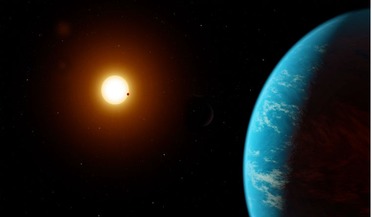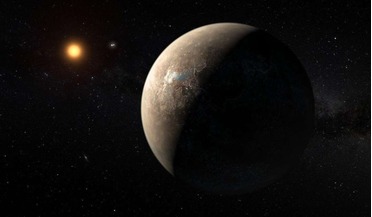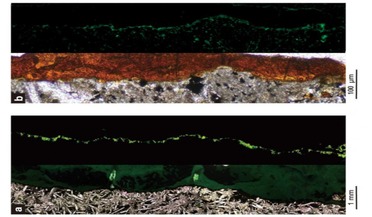 07 January 2019
Two new firsts for exoplanets found by TESS
07 January 2019
Two new firsts for exoplanets found by TESS
... be the discovery of an Earth-like world, complete with an appropriate and substantial atmosphere, located within the habitable zone of its host star and key to uncovering worlds such as these is the recently-launched Transiting Exoplanet Survey...
 17 April 2019
Proxima Centauri may host a second exoplanet, but its first might not be there
17 April 2019
Proxima Centauri may host a second exoplanet, but its first might not be there
... from us and while it is smaller and cooler than our Sun, any planets orbiting close within its ‘habitable zone’ could have water in a liquid state, if any were present on its surface. This is the scenario that was...
 03 April 2020
Newly discovered organisms in ancient solid rock inspire new search for life
03 April 2020
Newly discovered organisms in ancient solid rock inspire new search for life
.... The upper oceanic crust, which covers about 60 percent of the surface of the Earth, is one of the largest habitable zones on Earth. It has been continuously created on Earth for ~3.8 billion years and is formed from molten rock which...
 30 September 2020
Another detection of phosphine on Venus possibly found in archival data
30 September 2020
Another detection of phosphine on Venus possibly found in archival data
...60 kilometres, or within the lower and middle clouds of Venus – the region which has been identified as a potential habitable zone, including OH (hydroxide), CH4 (methane), HS (sulfanyl) amongst others and a few atomic species. Atomic phosphorous was...
 18 July 2018
Solar Planetary Systems
18 July 2018
Solar Planetary Systems
... formation of the system and then extends this to extra-solar systems. It covers the detection of exoplanets and habitable zones, solar atmospheres, climate change and organic life detection, and even solar satellites, planetary probes and...